01/02/2023
Leica – A Clear Commitment to the Vintage Market
Just before a low murmur sweeps through the rows, accompanied by a burst of applause, the atmosphere in the room is one of quiet tension.
Only the clear, firm voice of the auctioneer cuts through the silence… and, of course, the sharp sound of the hammer:
going once,
going twice
sold!
In recent years, the auctioneers at Leitz Photographica Auction in Vienna have witnessed one record result after another.
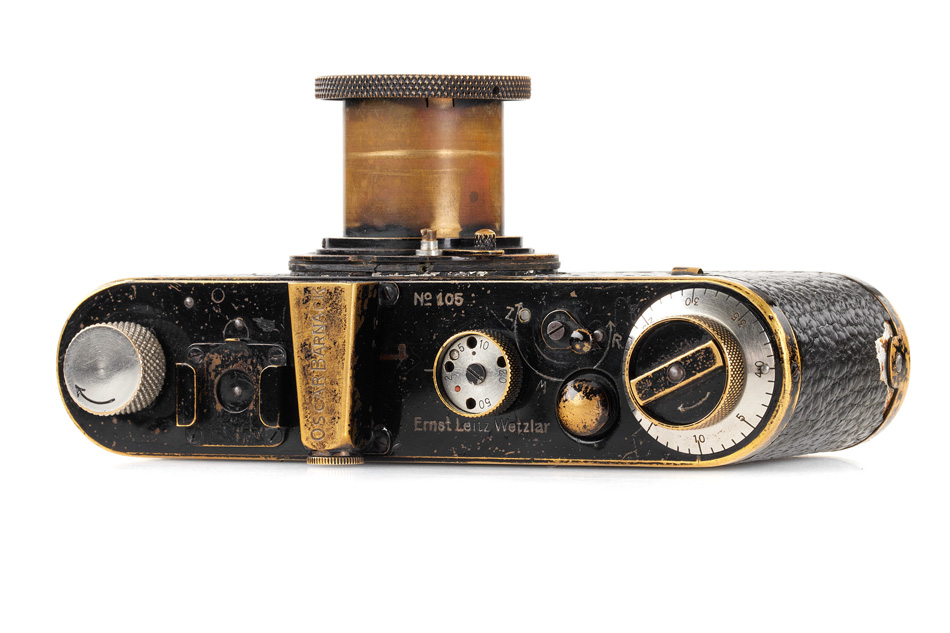
The rare Leica 0-Series cameras, of which there are believed to be no more than a dozen models worldwide, are currently in particularly high demand. The exact number of existing models is not known, as there is some uncertainty as to how many of the prototypes were assembled at the time, and whether some of them were dismantled after the testing phase had ended. Dr. Andreas Kaufmann references 23 completed 0-Series cameras. In June 2022, one such item went down in auction history: the Leica 0-Series model with the serial number 105, originally owned by none other than Oskar Barnack himself.
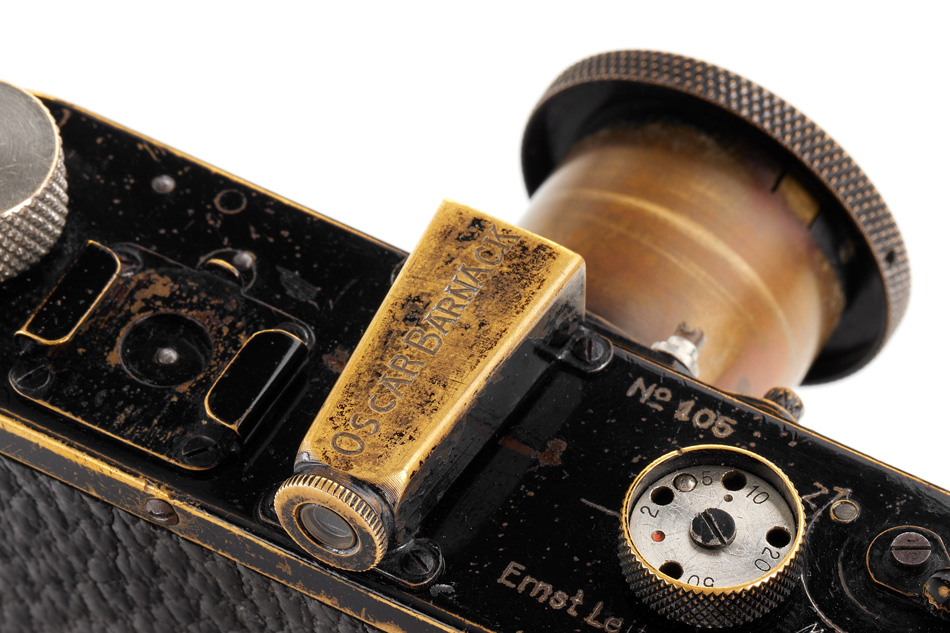
LEICA 0-SERIES NO.105 'OSCAR BARNACK'
HAMMERPRICE 14.400.000,00 incl. Premium
„This is an extraordinary milestone“
auctioneer Wolfgang Pauritsch noted as Barnack’s 0-Series model – listed as lot no. 5 – passed the 4-million-euro threshold. At that point, the prototype had broken all previous records, and was officially the most expensive camera in the world.
Bids were now being placed in 500,000-euro increments. On reaching 7 million, the well-versed auctioneer remarked: “It’s going to be a long day!” A brief murmur swept through the rows of attendees, but just a moment later, the battle commenced.
After the 10-million-euro mark, contenders were placing their bids in six-figure leaps – until, at last, the hammer resounded for the final time: a bidder from the Asian continent acquired model no. 105 for a grand total of 14.4 million euros (incl. buyer’s premium). The tension in the hall dissolved, giving way to the instant eruption of thunderous applause.
This momentous event took place at the 40th Leitz Photographica Auction – which marked the 20th anniversary of the Viennese auction house. We spoke with Alexander Sedlak, Director of Leitz Photographica Auction, about record-breaking cameras, and the viability of collectors’ items as financial investments. We also wanted to find out more about Leica’s decision to extend its attentions to the vintage market – especially as newly launched Leica cameras often have waiting lists due to high customer demand.
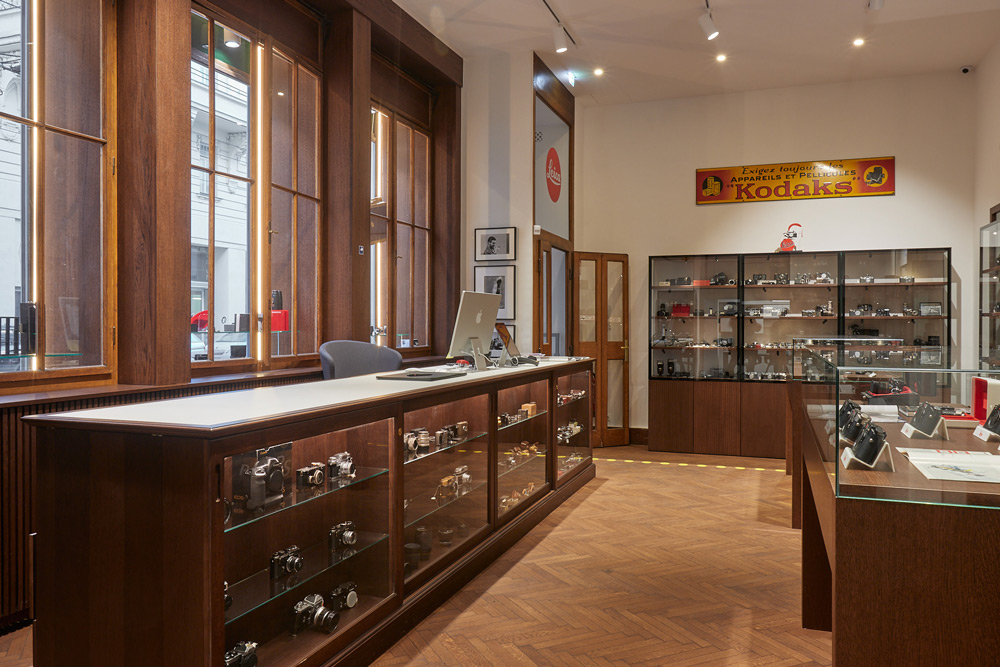

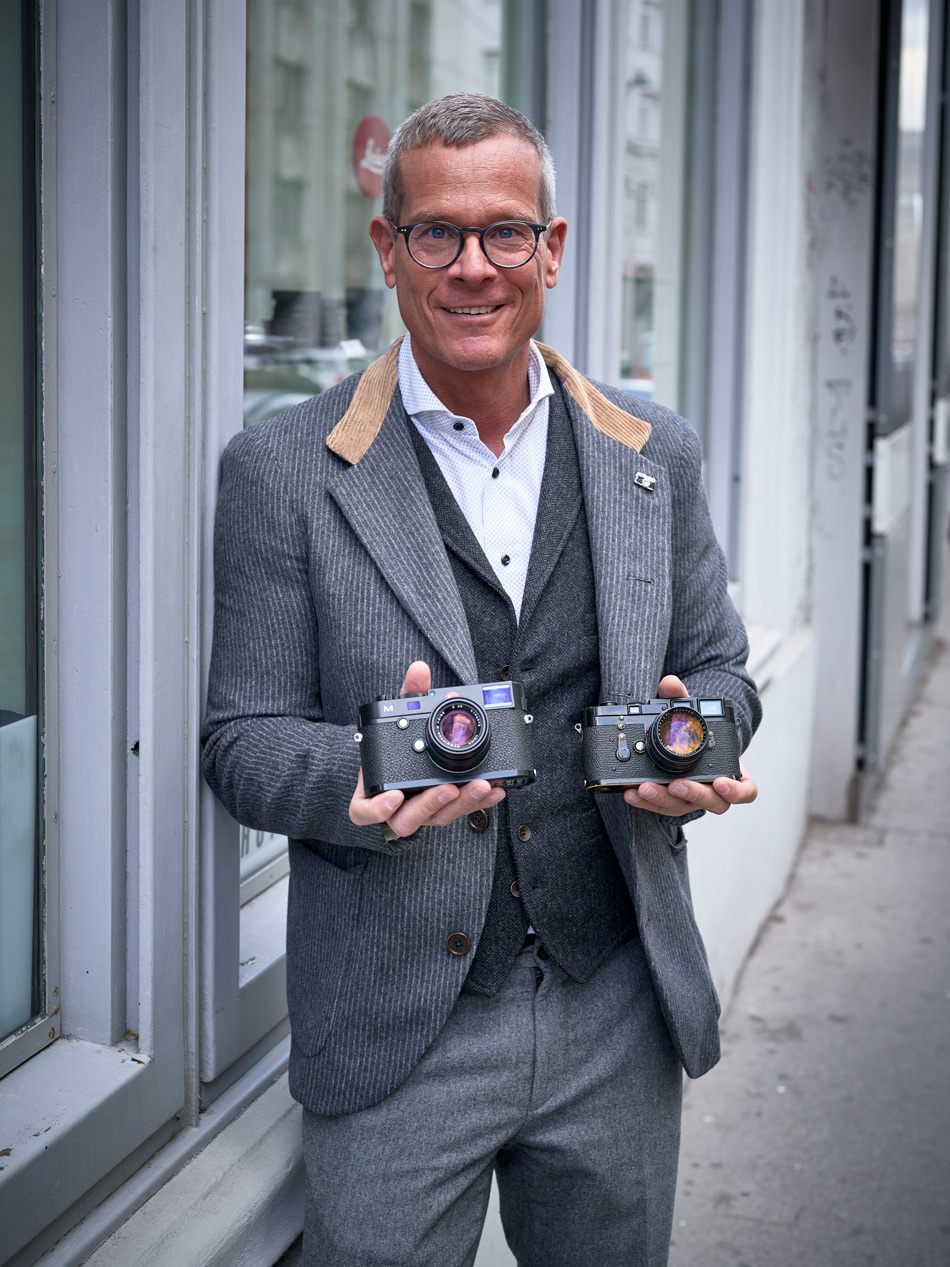
Alexander Sedlak, Director of Leitz Photographica Auction, in conversation about the significance of the vintage market for Leica.
Interview
LFI
14.4 million euros for a camera – a world record with an enormous symbolic significance for the vintage market. How do you and your team feel about this extraordinary result?
Alexander Sedlak
Director Leitz Photographica Auction
Being able to offer Oskar Barnack’s personal camera – a vital prototype for the camera series that essentially gave rise to modern photography – at our anniversary auction, was a delightful privilege.
The Leica Classic Store at Leitz Park Wetzlar, complete with glass-fronted Customer Care workshop, opened its doors in 2020. Its Viennese counterpart has been open even longer, with plans to add further locations in the near future. What role do these Classic Stores play within Leica’s business model?
There are currently two Leica Classic Stores – one in Wetzlar, and one in Vienna. As well as serving as a shop-front for reconditioned used and vintage Leica cameras, both feature an on-site Customer Care area where classic and second-hand Leica products can be serviced or repaired. Due to high customer demand, all Leica Stores worldwide will be buying, and (after a thorough check by Customer Care) selling pre-owned Leica products as of later this year.
Would you agree that Leica auctions, and Leica’s clear commitment to the vintage market, serve to strengthen the Leica brand? And does this have a knock-on effect on the monetary and/or emotional value of current Leica models?
At our auctions, we offer a broad range of items by different manufacturers and brands, though historical Leica cameras account for the majority of our lots. This is where we have seen a continuously growing demand over the past few years, as well as the most significant price increases. The exceptional results that Leica cameras consistently achieve at our auctions certainly underline Leica’s role as a cult brand.
Today, vintage classics such as a VW T1 camper-van can attract bids in the 100,000-euro region. The auction results for rare Leica M cameras tend to be even higher, while a very exceptional prototype can evidently achieve figures in the double-digit millions. Is the gain in value, specifically with regard to Leica cameras, more or less predictable? Or is it a case of collecting out of passion, with a chance that you may strike it lucky at some point down the line?
Some Leica models achieve significant profits at our auctions – sometimes even surpassing our estimates several times over. This phenomenon is exacerbated by the low interest rates on savings accounts, and the resulting consumer demand for tangible assets. From that perspective, there is a realistic chance of a continuous appreciation, though I would not go as far as calling it predictable. In our online store, we do have a special Investment-Grade category, featuring products that have experienced a substantial increase in value over the past ten years.
Is having a passion for collecting cameras any different from a penchant for, let’s say, watches or classic cars?
Wanting to own rare and beautiful objects is part of human nature. I think it’s a similar type of passion, regardless of what the collection is centred on.
Are those who buy or sell cameras at auctions or vintage fares mostly enthusiasts and collectors, or investors seeking to make a profit?
I believe that the majority is still made up of enthusiasts and collectors. Only a small number of specialists have the necessary expertise to buy a camera for the purpose of an investment.
Does the concept of sustainability play a role in Leica’s involvement in the vintage market?
Leica is synonymous with reliability, durability and long product life. Sustainability has always been an integral part of our ethos.
Aside from the Ur-Leica – arguably the holy grail of photography – which model would you like to take home from an auction?
A Leica MP Black Paint; for me, they are the ultimate embodiment of Leica.

The first Leica MP model – introduced at the 1956 photokina in Cologne – also changed hands at the 40th Leitz Photographica Auction. In expert circles, the MP is viewed as much more than a modified variant of the M3. Of the 412 models that were produced in total, only 141 were given a black-paint finish; most of them were bought by professional photographers. “The Leica MP is one of the most important Leica cameras, and marked the beginning of the trend for black-paint M cameras – which are now favoured by professionals, and sought-after by collectors,” the auction house’s experts explain.
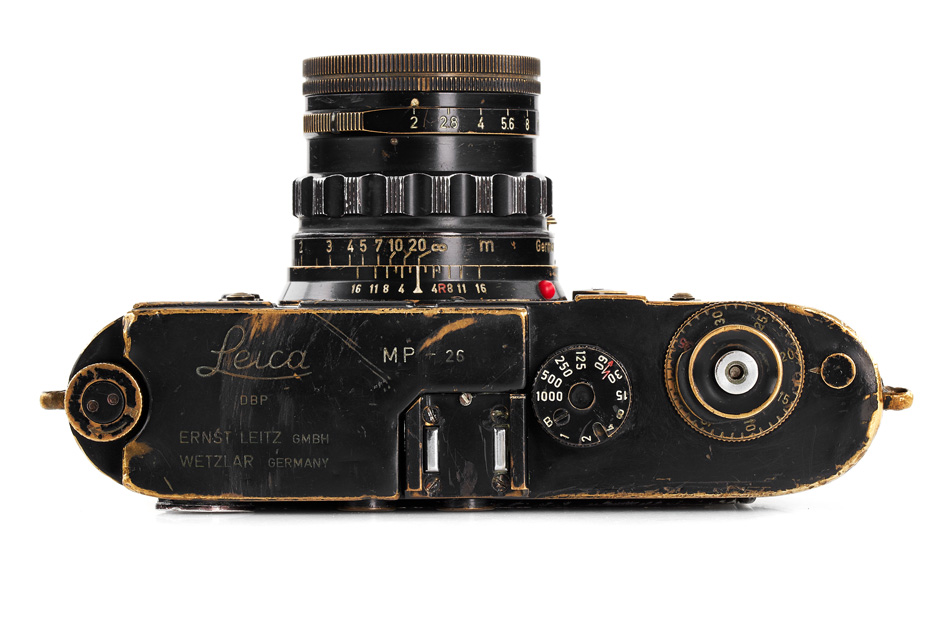

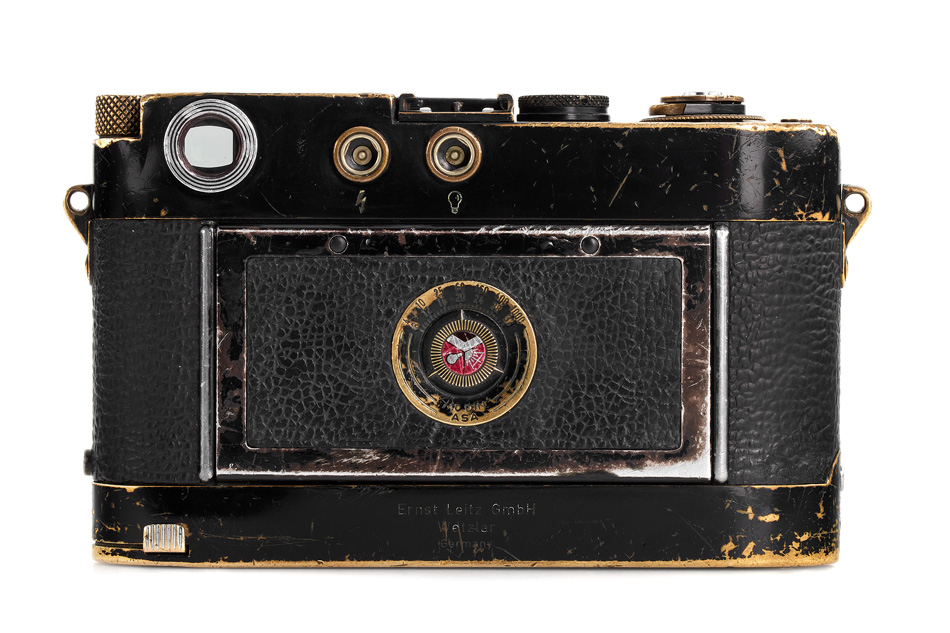
The question, of course, is whether it is prudent to shift capital away from stocks and property in order to invest in ‘durable gods’ – and whether a camera, watch or classic car really falls into this category. These objects tend to be collected out of passion, with the possibility of a certain increase in value. Those looking for tangible assets as a capital investment, on the other hand, will be more likely to settle on gold. In contrast to the somewhat calculable nature of the stock market, the shifts and trends within the collectors’ market are driven by emotion: if an item is sought-after, it will achieve record results – if not, these results will not materialise. At the same time, it is is difficult to predict future demand with any real certainty.
Recently, there has been an enormous buzz around rare black-paint Leica M models. Their prices are still a long way from the seven-figure bids of the few remaining 0-Series models, but five to six figures are a realistic expectation. For many serious collectors, the object itself is their primary motivation. Nevertheless, when it comes to buying vintage cameras, a Leica is generally viewed as the most secure investment, as Leica products are known for their excellent value retention and durability.
Another advantage is Leica’s clear commitment to the vintage market – and, of course, its pivotal contribution to the history of photography: with the introduction of 35mm photography in the mid-1920s, Leica enabled an entirely new approach to the medium, and – thanks to the practicability and extensive distribution of its products – laid the foundation for countless iconic images that have shaped our collective visual memory.
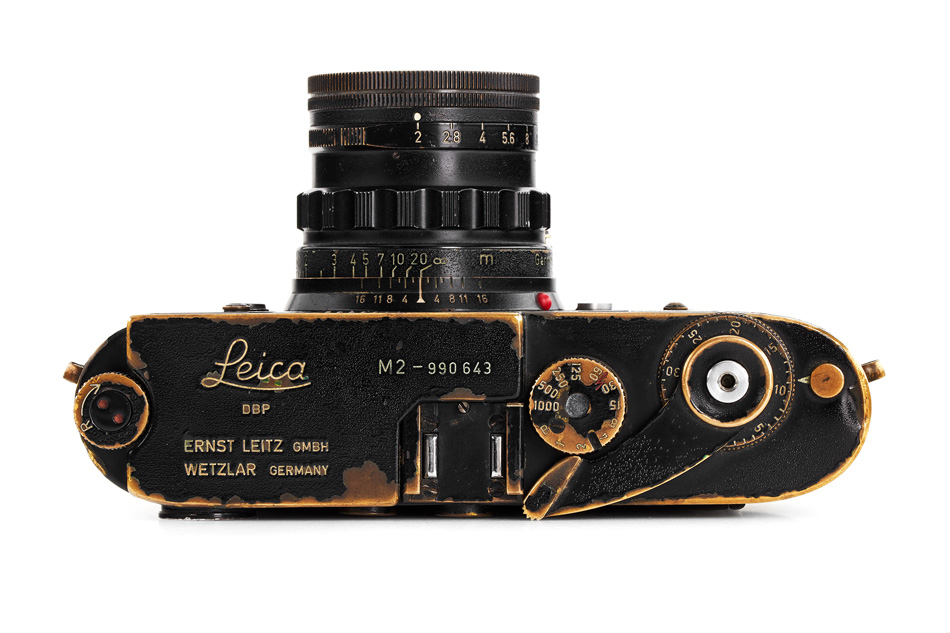
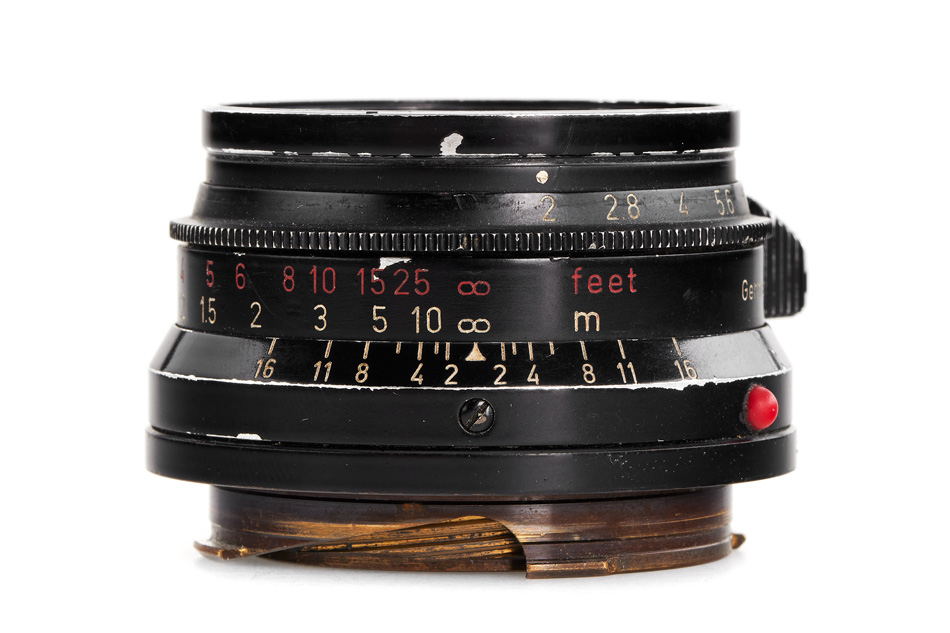
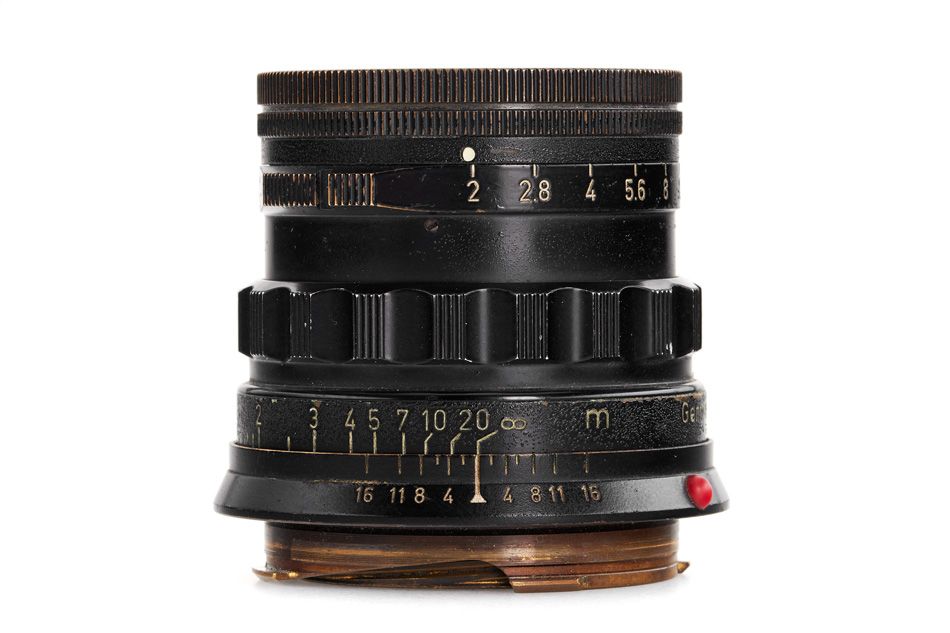
For many serious collectors, the object itself is their primary motivation.
Nevertheless, when it comes to buying vintage cameras, a Leica is generally viewed as the most secure investment, as Leica products are known for their excellent value retention and durability.
Another advantage is Leica’s clear commitment to the vintage market – and, of course, its pivotal contribution to the history of photography: with the introduction of 35mm photography in the mid-1920s, Leica enabled an entirely new approach to the medium, and – thanks to the practicability and extensive distribution of its products – laid the foundation for countless iconic images that have shaped our collective visual memory.
Fotos: Leitz Photographica Auction
Text: Tobias F. Habura-Stern / LFI Leica Fotografie International